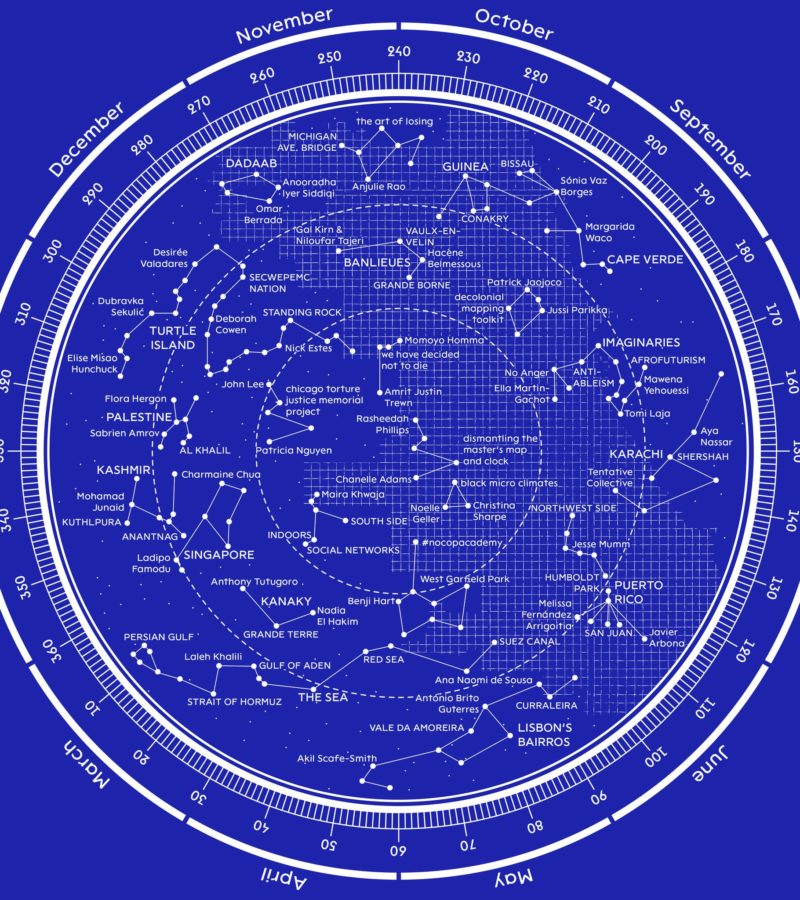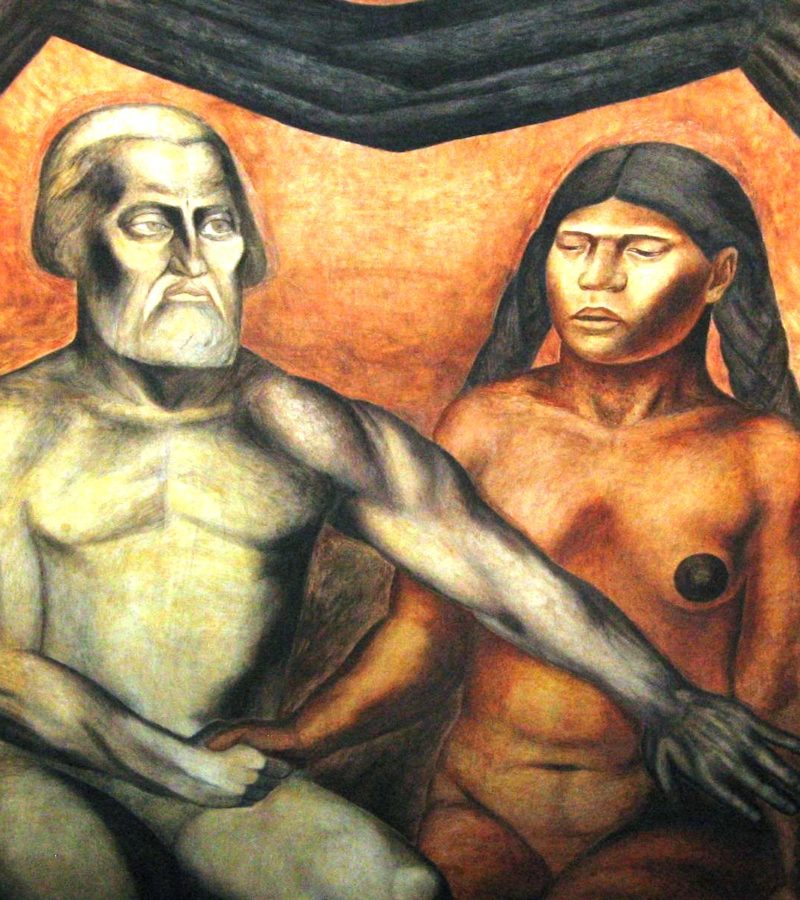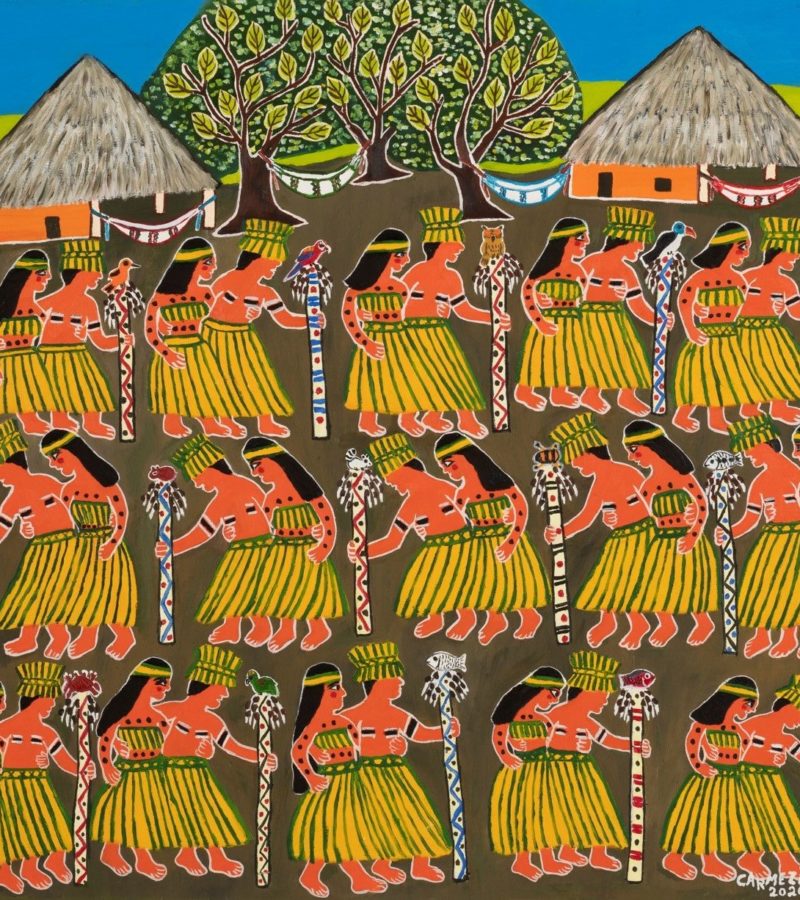‘That’s why you are an artist, you choose to give a part of yourself to the world.’
It was a simple statement made by my uncle overseas through a digital screen as we traded news and well wishes interspersed with political analysis, absurd humour and distracted half conversations with other people around us in the physical world. No form of decolonial conversation that occurs in an institution, with an institution or in a way that centres an institution ever feels authentic to me. The decolonial moments I know to be true are these messy, funny ones that centre connection and care; that are forward looking but with lassos to the past, that intermingle introspection and severity with extrapolation and levity.
But what does a statement like my uncle’s mean if interrogated through a decolonial lens? How does the suggestion that making art is about giving a portion of oneself away sit alongside questions of consumption – ideas of finite resources within and outside oneself?
In exploring decolonial views on artmaking, I must turn to the words of Audre Lorde and in particular to her 1977 essay ‘Poetry is not a Luxury’. The ideas expressed in this work have led to extensive mediations on feminism, femininity and decoloniality. In particular Lorde explores the concept that a feminine characteristic of emotion, and so of feeling, is an alternative avenue towards thinking as means of making sense of the world, and creates a demand for change to oppressive, patriarchal structures obsessed with power:
The white father told us: I think therefore I am. The Black mother within each of us – the poet – whispers in our dreams: I feel, therefore I can be free. Poetry coins the language to express and charter this revolutionary demand, the implementation of that freedom.1
Lorde suggests a certain potential in using feeling as a process of creation – as a process that transforms our bodies into machines for taking something raw and creating something digestible. Art forms made in this way nurture in those who consume them a sense of the need to action change and to pursue freedom.
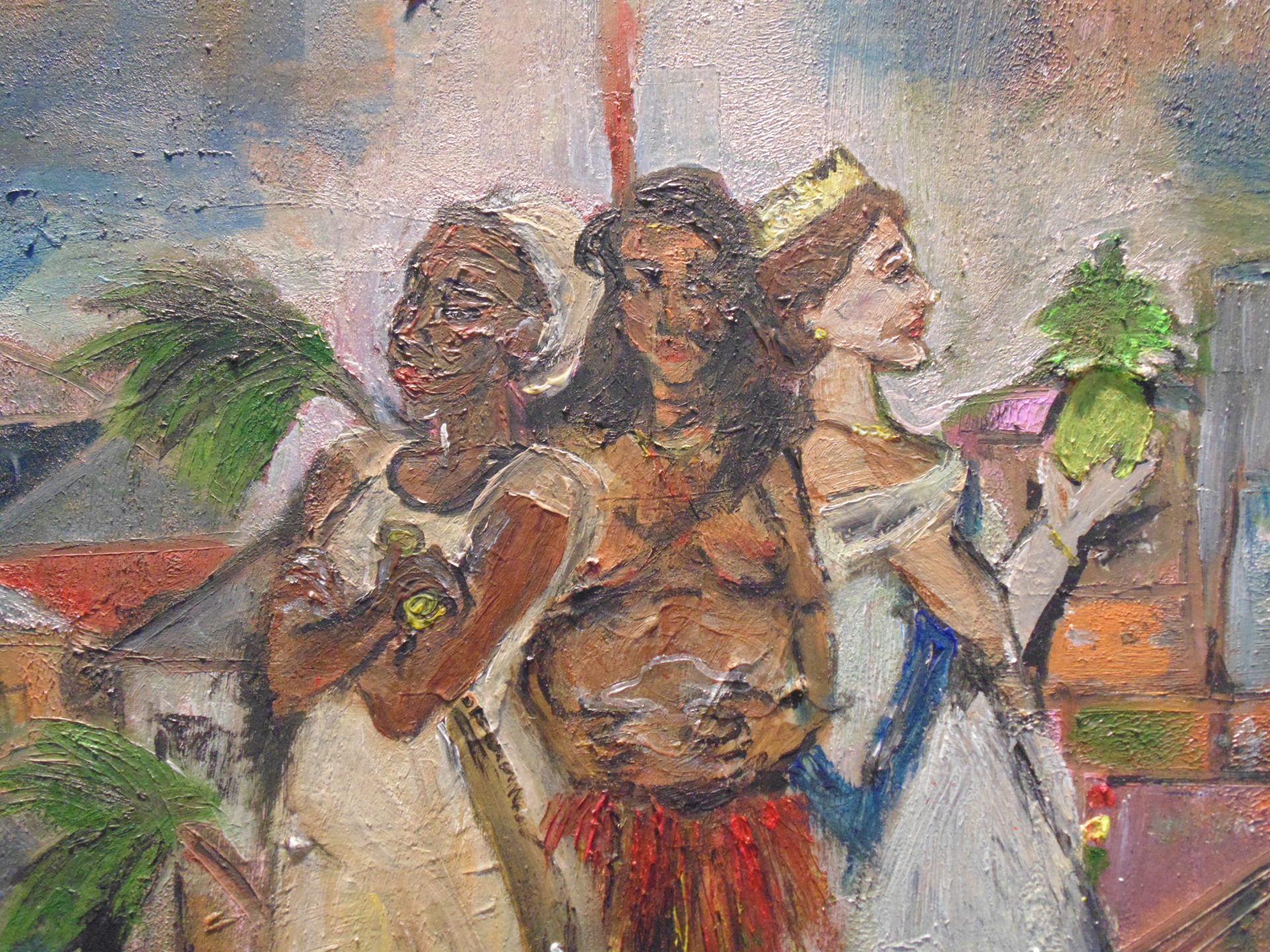
I want to explore artmaking as a process of responding to the world and ideas by using feeling as a tool to translate, share and inspire. However at each of this essay’s stages I will also keep in play the masculinised idea of thinking and rationality that continues to assert itself in artmaking, in the service of capitalist productivity, monetised value and consumption. I hope in this way to unpack some of the contradictions that confront decolonial practice that takes place in affiliation with institutions, consumers and the market. At its core this essay mediates on artmaking and the idea of value and values. Decolonising is a process of interrupting the structures of power, established through European colonialism, that are centred on ownership and profit. Structures that look more towards individualism than communal care, hierarchies that dissipate the benefits created through production so that those who are the foundation of systems of power are exploited. The pervasiveness of these mechanisms of power and production mean that the colonial space is intertwined not only with the institutional space, but also domestic spaces. And yet, it is within the domestic spaces, where we sleep, eat, raise our children, make love, that there is an opportunity to explore decolonial practice from a perspective that centres care, creation and connection over production, power and profit. Because I value the conversations I have in domestic spaces: unofficial, spontaneous and distracted, I will be anchoring my ideas on this subject in quotations from conversations with loved ones, exploring the ways in which I have processed these words through both feeling and thinking.
The framing of feeling as feminine action and thinking as a masculine one is itself a technology of oppression, engaged in the equation of emotions with hysteria and the antithesis of productivity, while thinking is seen as a means toward power, aligned with rationality and ruthlessness. The idea of ‘being consumed’ is also often framed as feminine, whether by the male gaze or by unrequited caring responsibilities. The masculine figure is meanwhile the consumer, on a journey of transformation helped by anonymous one-dimensional feminine characters that seem to seek no transformation themselves; or else violently consuming to satisfy a voracious appetite. My reference to the gendering of ideas used here is not an endorsement of gender essentialism or binaries, but rather an invocation of existing communal concepts with a view to dismantling these.
If we accept the premise that being an artist is akin to using the body as a machine – experiencing something, processing it and then producing something that is then sold, donated, kept and or destroyed (depending on its value and your values), we can then see mirrors to artmaking in all forms of energy production. In the act of procreation, for instance, but also in the capitalist machine – intrinsic cycles that affect our daily lives and our endeavours for meaning and survival. So let us explore this cycle, step by step, beginning with the feeling that gives purpose to the poet.
‘To help try to make sense of what’s outside you share the things you feel and the things you imagine.’ –My uncle to me
We weren’t speaking about making art, I had shared a model I was working on to help myself and others make policies that I thought would be fairer for all those involved. This model would use empathy mapping and the interrogation of marginalisation and structural inequalities as a means of understanding one’s own motivations before designing projects. I realised during this conversation that my practice outside of artmaking tries to replicate a process that’s driven by feeling. In trying to make the model scalable – an adaptable tool for policy and practice for others to follow as they work through hierarchical structures of power that prioritise rationalisation, feeling is translated into learning – into communal or collaborative learning experiences.
The collaborative learning experience asks all involved, not just the artist, to take something from inside themselves to help make sense of the world. It tries to multiply the resources consumed so that emotional labour isn’t the burden of an individual. Again this is a pursuit of freedom, as it is a pursuit of equity. In institutions that fear risk and seek power, equity is a complex pursuit. Loss of control increases risk and multiplying the perspectives involved in creation means increased visibility and less control. Yet as we saw in 2020, the pursuit of equity as a pursuit of justice can also be a business decision, increasing support from both workers and consumers by making them feel they are supporting a just organisation. Visible values can increase value. It is through feeling, however, that authenticity is pursued. Words about values for values’ sake very often fall short or fail to connect when they come from a thinking, strategic perspective rather than an emotional one that truly strives for justice and freedom.
‘For within living structures defined by profit, by linear power, by institutional dehumanisation, our feelings were not meat to survive […]. Feelings are expected to kneel to thought as women were expected to kneel to men […]. There are no new ideas. There are only new ways of making them felt.’ –Audre Lorde2
The idea of sharing emotionally laden work across multiple individuals is not simply a pursuit of equity, but also an act of radical self-care. Self-care for marginalised people is radical an act of decolonial practise because it is an act of valuing yourself when oppressive structures like capitalism and misogyny tell you have little, limited or no value. If the aim of emotional labour is to create a consumable output, we must consider these emotions the raw material being prepared for consumption. Working with others to translate feeling into a consumable output also takes the moment of preparation – translation and interpretation of feeling into something that occurs both inside individual bodies and outside those bodies, interpersonally through discussion and experimentation. For artists this moment of translation and experimentation can take on so many forms. Our bodies could intertwine in experimental dance, or motion; we could be mark-making or in deep discussion; in writing or music-making, experimenting with digital technology or creating collages or compositions with multiple starting points, all in an search for meaning and connections.
‘If the art is to be consumed, then it is finite.’
‘I don’t think you mean consume.’
‘I do mean consume.’
‘It’s not finite because once its consumed, it is processed by the consumer and then defecated back out.’ –Best friends discussing Hamilton
The pursuit of connections or tensions between different people’s experiences or interpretations of life’s questions is one of the reasons artists create things together, but it is also why some consume art in all its forms. An important question is what happens when we consume, or the product of our feeling is consumed. Is this consumption final? Or as you consume, does your body become the machine, the process of consumption making the artwork the raw material once again? As an artist, is it painful, to have your feelings consumed by others who produce nothing? In the reality of production and consumption, where consumers want to pay little but receive much, we know that those who create the products are exploited. Do we ourselves create a strange replication of this triangular trade in the process of making and consumption? Are some people sacrificed, tortured, traumatised, violated? How violent is the process of being consumed, and are we implicit in our own exploitation?
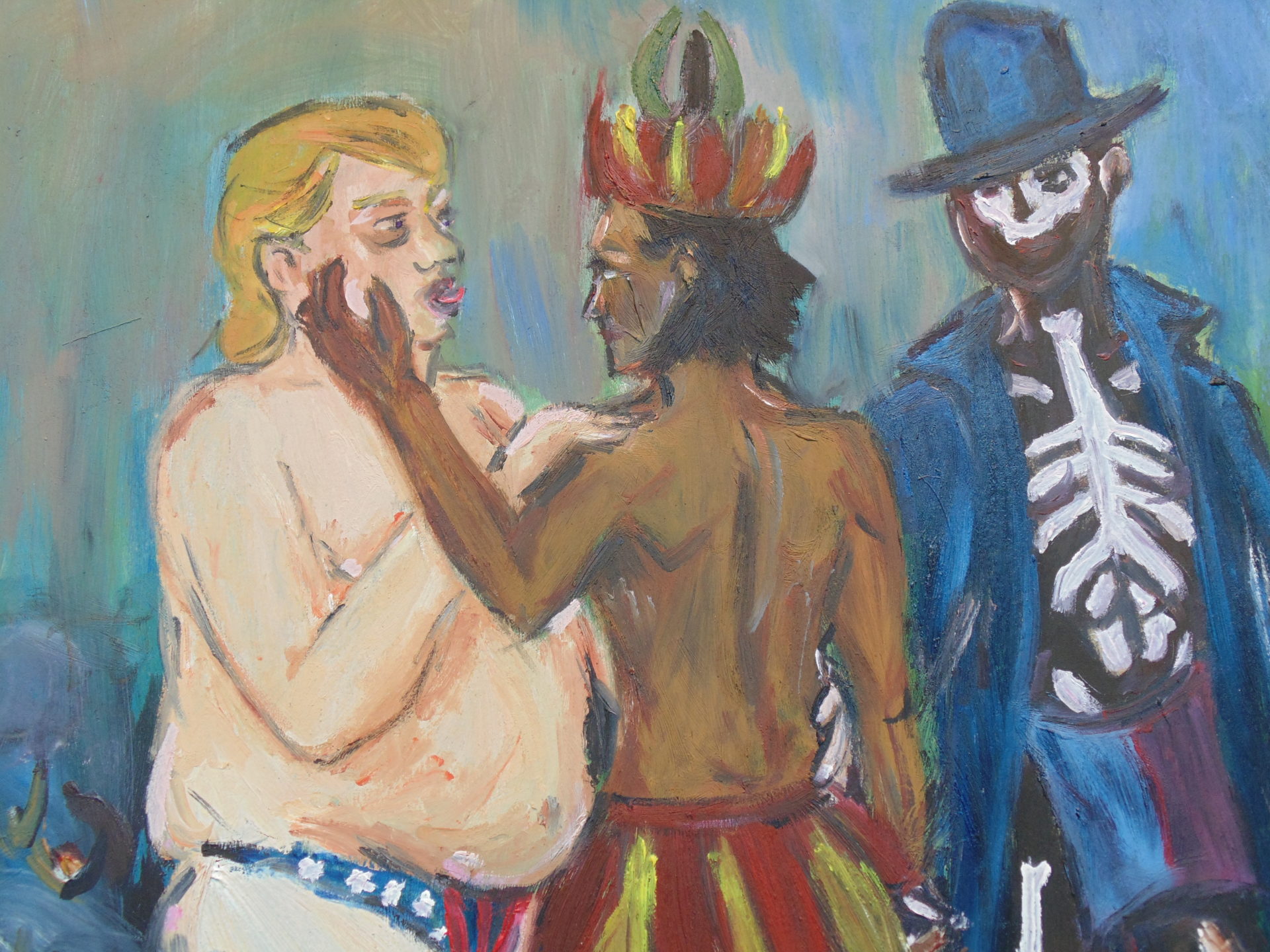
‘Why are you giving blood if it’s so hard for you?’ –My partner as I prepared him for the fact I would likely faint giving blood.
This process of consuming, producing and being consumed is hard, but it replicates the feeling I think I look for when making art. I’m looking to make meaning in my day through something I find difficult. To make meaning through my body, my blood, that I hope will connect me to anonymous stranger. This cannibalised idea of feeling as part of a body that we try to transform and present to help it find its own meaning has been materialised by others (Marc Quinn’s ‘Self’ – a series of busts made of his own blood – immediately comes to mind). But if we consider bodies and emotions as materials to work with, we see that these are finite resources that must be replenished.
If we see: (a) the art world as functioning on emotions transformed by the human machine to create products, and (b) that emotionally laden work is draining, and something that must be dispersed if an institutional space is to be far, then we can see how the art world replicates a model of unsustainable consumption. The market acknowledges that scarcity adds value but also that voracious consumption, based on convenience and multiplicity, is addictive to the consumer, and as such creates demand for the producer and profit for those who manage the market. This capitalist model is unsustainable, hierarchical and changes the purpose of the product away from something that helps us make sense of our world and our experiences to something that is valued primarily by the market its demands.
The ultimate question we must ask, if we are to give parts of ourselves away to make art, is if we will one day be finally consumed. Is the material (our feelings) finite, or is it like giving blood, and our body will replenish its supply so that we can keep giving, keep creating for others. My answer is that it is only by practicing radical self-care that we are able to sustain this process. Decolonial art making asks us to:
- Be mindful about our boundaries and the amount of ourselves that we give away
- Ignore oppressive markets and systems that give our welling being little or no value
- Set our own values
- Support one another, through communal care over competition
- Collaborate in learning and making
- Consume ethically
Decolonial artmaking asks us to use our emotions and feelings to make art that answers the big questions of the world, that makes these large ideas digestible, understandable, manageable, but to do so without sacrificing ourselves or others to this consumption. To ensure that this consumption is not finite, we must remember that according to Lorde’s poetry – and so, to me, art – is the means by which we articulate the desire to action change and pursue freedom. Not only for ourselves but for others.
- 1. Audre Lorde, ‘Poetry is not a luxury’ [1977] in Your Silence Will Not Protect You, London: Silver Press, 2017, pp.9–10.
- 2. Ibid.
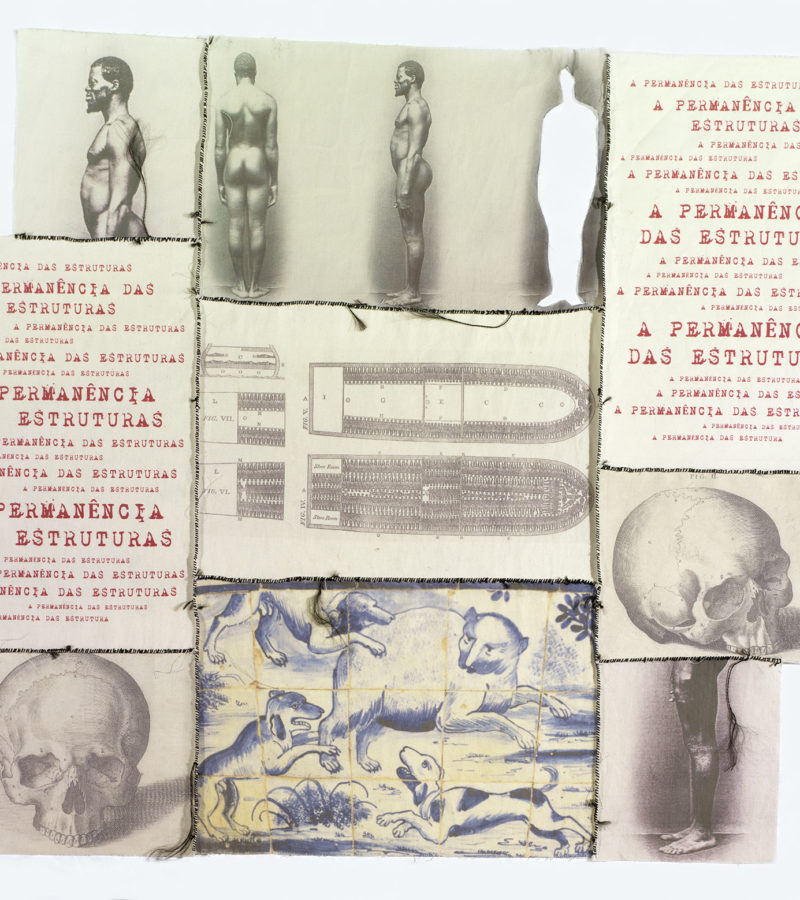
![[Description: Black and white photograph of people looking out of a window]](https://www.afterallartschool.org/wp-content/uploads/2021/03/Thomaz-Farkas_Rahul-Rao-800x900.jpg)
![[Description: Valeska Soares, Duplaface (Branco de titânio), 2017. Oil and cutout on existing oil portrait, 71 x 56cm. Courtesy MASP]](https://www.afterallartschool.org/wp-content/uploads/2021/03/Osmundo_Valeska-Soares-800x900.jpg)
